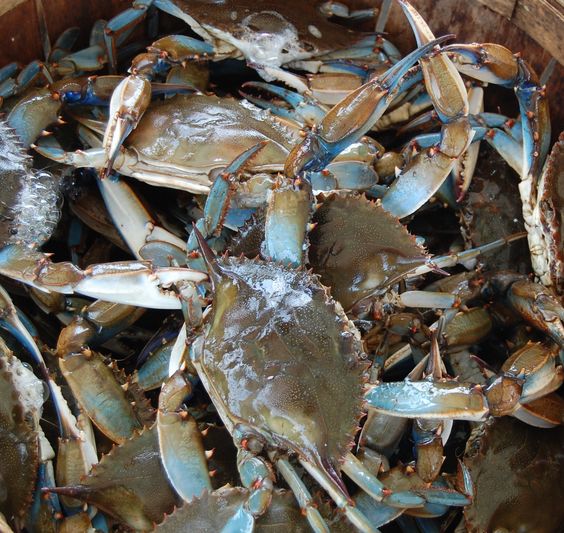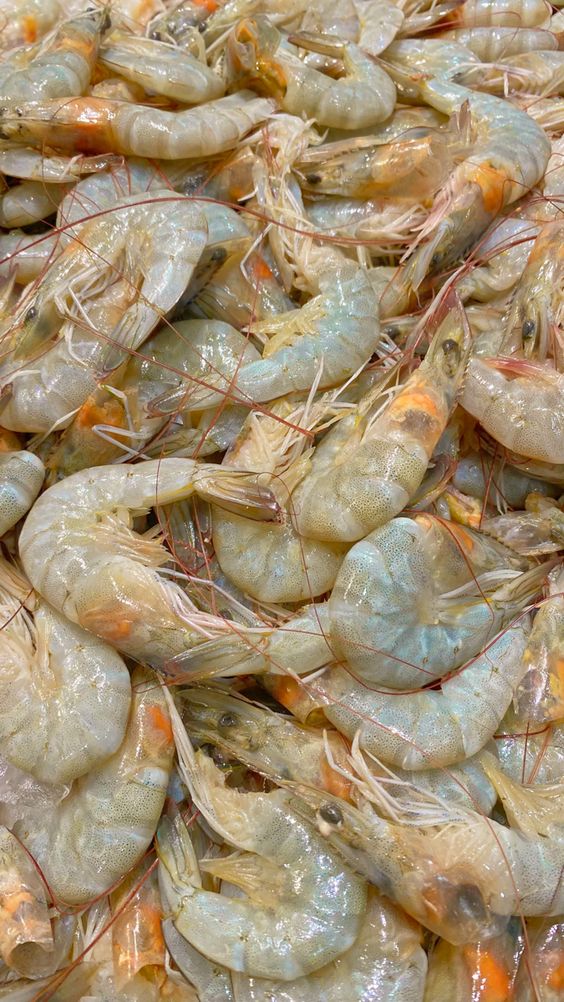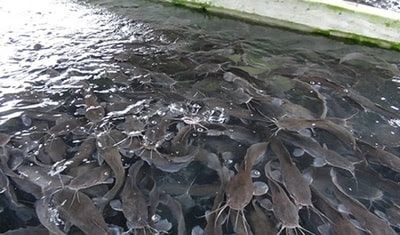From Sea to Plate: The Comprehensive Guide to Fish Processing
Fish Processing encompasses all the steps that transform freshly caught or farmed fish into the various seafood products we enjoy. It’s a crucial industry that ensures a safe, stable, and diverse fish supply for consumers worldwide. This guide delves into the world of fish processing, exploring the different methods, their purposes, and the factors that influence this vital practice.
Contents
The Importance of Fish Processing
Fish are highly perishable due to their composition. They have a high moisture content and natural enzymes that break down tissues after death, leading to spoilage. Fish processing plays a critical role in:
- Preserving freshness: Processing techniques like chilling, freezing, drying, and salting slow down spoilage and extend the shelf life of fish.
- Adding value: Processing transforms fish into various products like fillets, steaks, canned tuna, fishmeal, and fish oil, increasing their marketability and value.
- Ensuring safety: Processing adheres to strict hygiene and quality control measures, minimizing the risk of foodborne illnesses and ensuring safe consumption.
- Reducing waste: Processing optimizes fish utilization by creating valuable byproducts like fishmeal for animal feed or fish oil for supplements.
The Fish Processing Journey: From Catch to Consumption
Fish processing can be broadly divided into two stages:
- Preliminary Processing (Handling): This stage focuses on preparing the fish for further processing or preservation.
- Final Processing: This stage involves transforming the fish into various consumer products.
Let’s explore each stage in detail:
1. Preliminary Processing (Handling):
- Sorting and Grading: Fish are sorted based on species, size, and quality.
- Washing and Cleaning: Thorough washing removes dirt, slime, and blood to improve hygiene and shelf life.
- Chilling and Icing: Fish are quickly chilled with ice or refrigerated seawater to slow down spoilage.
- Bleeding and Gutting: Removing blood and internal organs enhances quality and shelf life.
- Scaling and Skinning: Removing scales and skin improves appearance and facilitates further processing.
- Heading and Trimming: Removing the head and trimming fins improves presentation and reduces waste.
2. Final Fish Processing:
A variety of final processing methods are employed to create different fish products, each with its advantages:
- Chilling and Packing: Fresh fish are chilled with ice or refrigerated for short-term storage and sale.
- Freezing: Fish are frozen rapidly at very low temperatures to preserve freshness for extended periods.
- Drying, Salting, and Smoking: Traditional methods that remove moisture and extend shelf life without refrigeration. Examples include salted cod, jerky, and smoked salmon.
- Canning: Pre-cooked fish is sealed in cans to create shelf-stable products like tuna, sardines, and salmon.
- Filleting and Steaking: Fish are cut into boneless and skinless fillets or steaks for convenient cooking.
- Mincing and Grinding: Fish flesh is minced or ground for use in products like fish cakes, surimi (imitation crab meat), and fish burgers.
- Fermentation: Used to create products like fish sauce and fermented fish pastes.
The choice of processing method depends on factors like the type of fish, desired product, target market, and shelf life requirements.
Ensuring Quality and Safety
Maintaining high-quality and safe fish products is paramount. Processing facilities adhere to strict regulations and quality control measures, including:
- Sanitation and Hygiene: Facilities are regularly cleaned and disinfected to prevent contamination.
- Temperature Control: Maintaining proper temperatures throughout processing is crucial to minimize spoilage.
- Hazard Analysis and Critical Control Points (HACCP): A systematic approach to identifying and controlling potential hazards throughout the processing chain.
- Traceability: Systems are implemented to track fish from harvest to final product, ensuring accountability.
The Future of Fish Processing
The fish processing industry is constantly evolving, driven by factors like:
- Sustainability: Minimizing waste and utilizing byproducts efficiently.
- Convenience: Developing ready-to-eat and value-added products for busy consumers.
- Consumer Demand: Responding to growing demand for healthy and nutritious seafood options.
- Technological Advancements: New technologies for improved hygiene, automation, and monitoring processes.
By embracing innovation and prioritizing sustainability, the fish processing industry can continue to deliver safe, high-quality seafood that meets the needs of consumers worldwide.
In conclusion, fish processing plays a vital role in making seafood accessible to consumers. It encompasses a range of techniques that ensure freshness, safety, and product variety. As the industry continues to evolve, it will be essential to prioritize sustainability, technological advancements, and meeting the ever-changing demands of seafood lovers.






